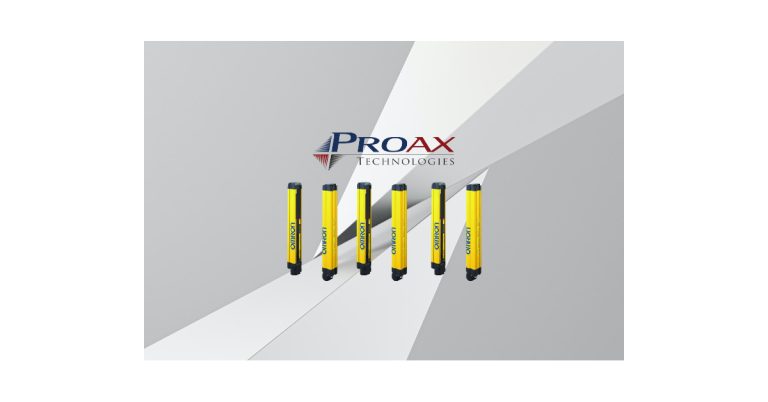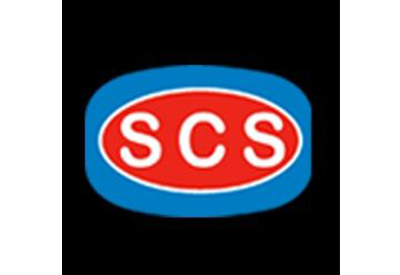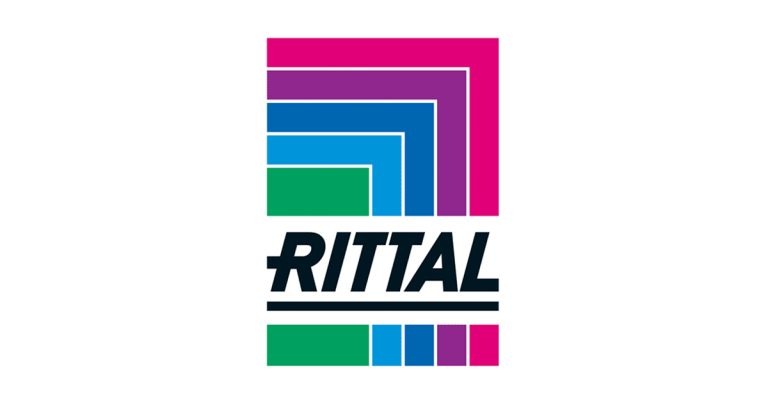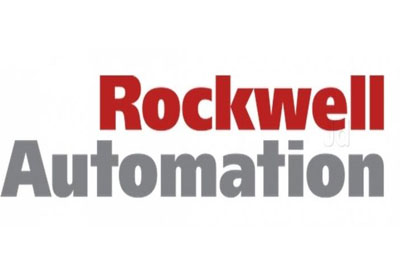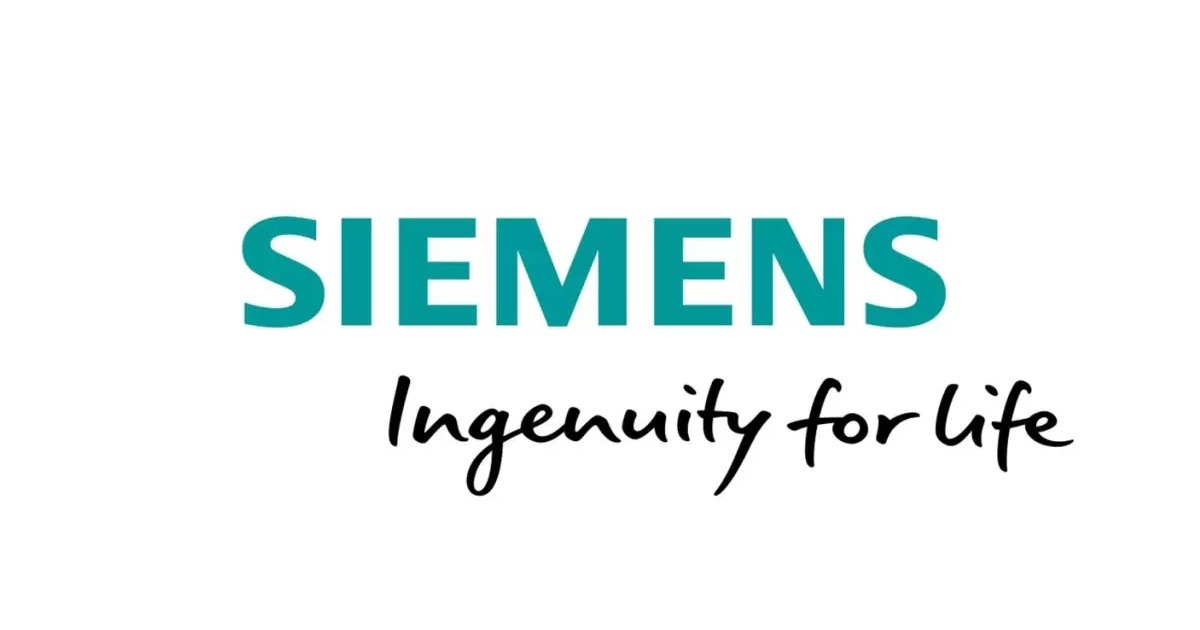Phoenix Contact: Use of SafetyBridge Technology in Plastic Production
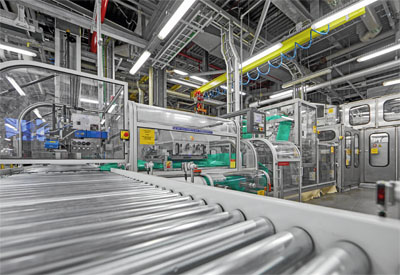

May 1, 2018
By Simon Davis, Product Marketing Manager Safety, Phoenix Contact Electronics GmbH, Bad Pyrmont
If safety control systems have to be integrated in large-scale applications, specialised know-how is typically required. Only like that all relevant requirements can be considered completely so that the machine operators are reliably protected against dangerous situations. Solutions like SafetyBridge Technology prove to be advantageous: It combines the simplicity of a configurable system with the benefits of I/O modules distributed within the automation network.
The American chemical group The Chemours Company is one of the world leaders in titanium technologies as well as in fluoroproducts, and chemical solutions. Having emerged as a spin-off from Dupont’s performance chemicals businesses in 2015, the company with its headquarters in Wilmington, Delaware offers a variety of premium products positioned to help its customers respond to both developed and developing market needs. Although independently active only for two years, The Chemours Company boasts a 200-year history. Meanwhile the group employs several thousand employees, with 45 manufacturing and laboratory sites and technical centers worldwide. It uses this broad base to serve its customers in over 130 countries in key industries, including automotive, paints, plastics, electronics, energy, and telecommunications.
Control via Remote I/O Systems
Chemours Netherlands B.V. based in Dordrecht in the Netherlands, is a wholly-owned subsidiary of The Chemours Company. The Dordrecht site is the largest production facility in Europe that has been in existence since 1959. With approximately 500 employees the expansive plant is focused on the production of plastics (fluoropolymers) for applications such as non-stick coatings and refrigerants with the core brands produced being Teflon, Opteon and Viton.
At the widespread Dordrecht plant, all operations in different factories are controlled and monitored from a central control room that has access to all mission critical data as it comes from each production process. The final stages of the factories, where the products are finished and automatically packaged before dispatch, are controlled locally by PLCs that use either Profinet or Profibus as the communication backbone across the automated machines. Operators have access to process information that is presented on HMIs at various locations that also allow them to control and modify settings. The production philosophy is to react on alarms by adjusting process parameters centrally from the control room.
Separation of the Safety System from the Main Control PLC
The safety-related parts of the machine control systems, were controlled via a dedicated safety PLC, and the finishing and packaging parts were still based on rigid, hardwired systems. As a result, a project was initiated in order to modernize the outdated safety control systems with the goal of providing more flexibility, whilst still ensuring that the processes complied with strict plant safety procedures and directives.
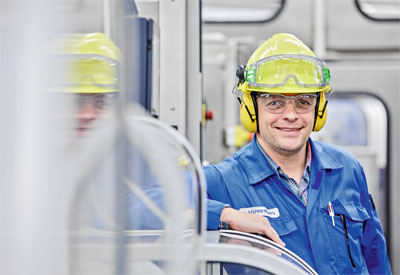 Johan Sterrenburg, chief engineer for electrical systems and instruments, explains the approach. “From the beginning of the project, we were clear that a major priority was the separation of the safety system from the main control PLC. After reviewing all possible solutions, we selected Phoenix Contact Inline I/O with the TÜV-certified SafetyBridge Technology protocol. We found that the system could be easily connected to the S7 standard PLC but, at the same time, has its own integrated, on–board safety CPU, so it could be operated completely independently of the standard PLC, while still being completely integrated into the existing network (Left Image:Johan Sterrenburg lead the upgrades using SafetyBridge modules to the S7 control system).”
Johan Sterrenburg, chief engineer for electrical systems and instruments, explains the approach. “From the beginning of the project, we were clear that a major priority was the separation of the safety system from the main control PLC. After reviewing all possible solutions, we selected Phoenix Contact Inline I/O with the TÜV-certified SafetyBridge Technology protocol. We found that the system could be easily connected to the S7 standard PLC but, at the same time, has its own integrated, on–board safety CPU, so it could be operated completely independently of the standard PLC, while still being completely integrated into the existing network (Left Image:Johan Sterrenburg lead the upgrades using SafetyBridge modules to the S7 control system).”
Extension by Additional I/O Modules
As the factory finishing and packaging processes are spread over a wide area with a number of related remote control cabinets, for the first time, the distributed safety I/O could be
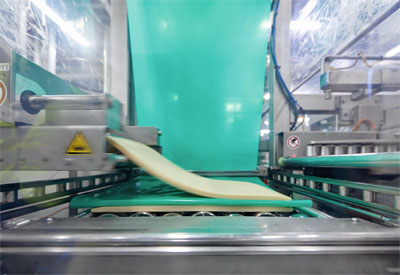
used to connect the various safety sensors and interlocks positioned throughout the processes (Right Image: The safety sensors and interlocks of the packaging lines are now integrated into the automation network via SafetyBridge).
Johan Sterrenburg reports: “Compared with hardwired systems, SafetyBridge offered us a number of advantages. We know our processes very well and try to think ahead as much as possible. For this reason, for the two packaging lines we chose the version 3 LPSDO (logic programmable safe output device) option of SafetyBridge which is future-proof”. In this configuration, Chemours Netherlands B.V. can use one LPSDO to control up to 16 safety input or output terminal blocks remotely across the network. If more safety signals will be needed in the future, the employees can simply add I/O slices or introduce a new LPSDO module with related I/O. This possibility fits exactly to the type of flexibility the chemical company has set as the original project goal. (Image below: In the control cabinet of the packaging lines, LPSDO modules of version 3 are installed, which can be extended by additional safety I/O modules)
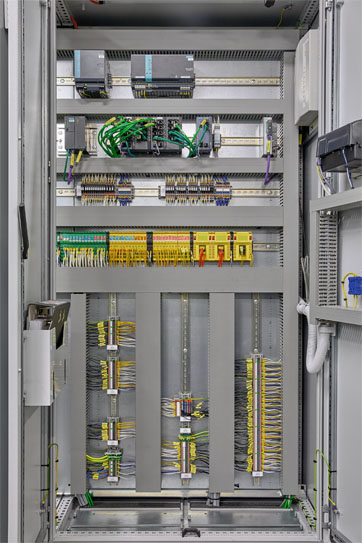 Function Blocks for Implementing the Safety Functions
Function Blocks for Implementing the Safety Functions
With the safety zones and system interaction clearly defined and specified, the SafetyBridge system offers various safety I/O modules from which a complete system can be assembled. The central control component and heart of each SafetyBridge system is the logic module. It generates and monitors the SafetyBridge protocol and processes the safe logic. Using the Safeconf configuration software, the user can assign up to 16 different safe I/O modules, each with a unique address, to one, central logic module. For the individual functions, the Safeconf software offers a function-block toolbox that is based on the PLCopen specification and covers all common types of safety sensors and sensor-related functions such as muting.
The allocated sensor inputs in the hardware can be adapted to the sensor type to create a perfect match, for example, to sensor specific test-pulse filter widths or discrepancy times. Depending on the 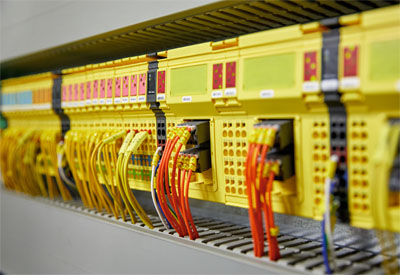 power control elements, the user can also choose between output modules with semiconductor outputs or floating relay contacts. The hardware modules have a service life of 20 years and can be used up to EN ISO 13849-1 PLe or EN IEC 62061 SIL 3, depending on the configuration and wiring (Right image: The modules are suitable for safety applications up to Ple (EN ISO 13849-1) or SIL 3 (EN IEC 62061).
power control elements, the user can also choose between output modules with semiconductor outputs or floating relay contacts. The hardware modules have a service life of 20 years and can be used up to EN ISO 13849-1 PLe or EN IEC 62061 SIL 3, depending on the configuration and wiring (Right image: The modules are suitable for safety applications up to Ple (EN ISO 13849-1) or SIL 3 (EN IEC 62061).
Preventing Safety Related Mistakes
Once the safety logic is set up, the distribution and physical location of the I/O modules in the network plays no role and does not influence the logic. To implement or retrofit the safety logic into an existing standard PLC, the programmer does not need any experience or special training on the subject of functional safety. From the point of view of the PLC, the SafetyBridge system is seen as a standard I/O and simply ensures the communication backbone for the safety data packages the contents of which cannot be accessed or viewed. The safety modules themselves continually monitor the safety data package contents and if a non-conformity is recognized, the system is immediately transferred to a safe state.
For the Chemours Netherlands B.V. operation, it was also imperative that the status data is fed back to the central control room – another advantage of a network integrated system. Due to the safety mechanisms integrated in the SafetyBridge system, the PLC programmer cannot make any errors or compromise the functional safety. This ensures a worry-free handling of the system in any control and network environment where it ensures a maximum of functional safety.
Summary
Retrofitting safety functions to an existing plant can be a daunting task for the project team. The approach needs to be structured, well thought out and can take several months to implement. For the The Chemours Company, selecting Inline I/O with SafetyBridge technology offered the possibility to use a TÜV-certified safety system at the Dordrecht plant that is independent of the S7 standard PLC while still being completely integrated into the existing factory network.
Download Phoenix Contact’s Full Safety Brochure Here
And watch the videos below to learn more about Phoenix Contact SafetyBridge Technology
{videobox}https://youtu.be/Fdbqhxz0IXg{/videobox}
{videobox}https://youtu.be/O_g_0uRG4B4{/videobox}

